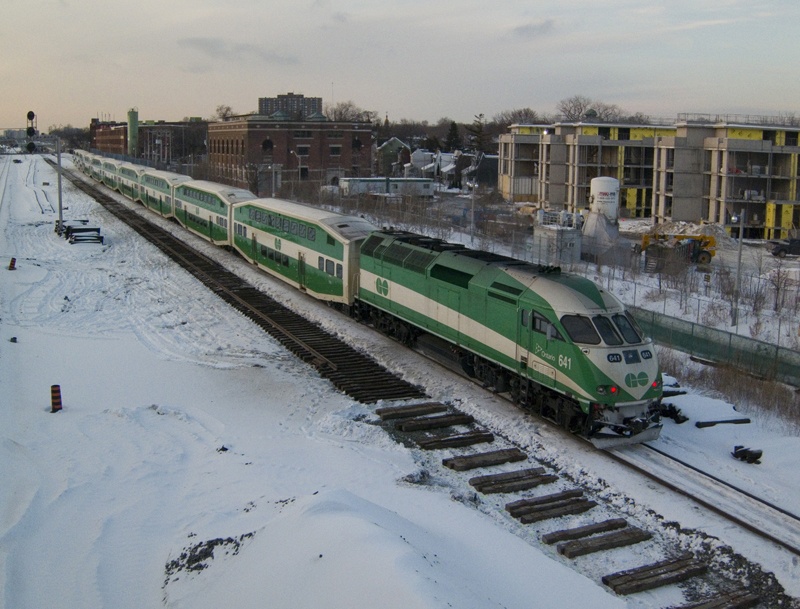
Uploaded on 2015-05-20 by chrisjongkind
My city (Toronto) has recently undertaken a vast expansion of its mass transit system. It's long overdue and until now, too many people would drive their cars from outer suburbs and wind up in traffic jams. These days, more trains (flow) are running, moving more human capital (flow) to jobs in the city (stock) from their houses in the suburbs (stock). Please see attached image showing new trains on new lines, including construction of a new line. **Describe your findings based on the concept of stocks and flows by presenting the necessary information or examples.** Quite a lot of money is wasted in Toronto on gridlock; people waiting in cars in traffic rather than working or relaxing. The old system dependent on cars provided a flow, but it was at times slow and unreliable. This causes trouble for the human capital trying to get from their stock of housing to their stock of jobs in those two different locations. The new mass transit system becoming available has made this movement faster and more reliable (for those suburban areas which had the infrastructure in place to facilitate the expansion). In addition, the stock of housing has in recent years become highly regulated by a greenbelt at the edge of the city. This has the effect of raising housing prices on the existing stock, and also limiting what new stock of housing can be created. The benefits are that the city itself is constrained and won't expand forever, thereby (hopefully) mitigating any further gridlock by those who insist on driving their cars (among other things). **Imagine and shortly describe how these stocks and flows could change in the future for the benefit of your area.** There is plenty of gentrification occurring in Toronto, and once industrial areas are being repurposed or outright rebuilt into residential (housing stock) or other more useful areas. In my attached image (intended to illustrate the new commuter rail connecting the suburban areas to downtown), there is also some townhome construction at right. This land was in the past some light industrial area, akin to the warehousing just beyond the construction. That warehousing has not been rebuilt but has instead been repurposed into offices. All of these compact urban techniques help to reduce reliance on the car and get people using active transport between home, work, and whatever else they may need. Housing prices are a bit high (as a result of the greenbelt mentioned previously) but this is land that was otherwise lying dormant and wasted. ![enter image description here][1] [1]: https://edxuploads.s3.amazonaws.com/1432103895975433.jpg